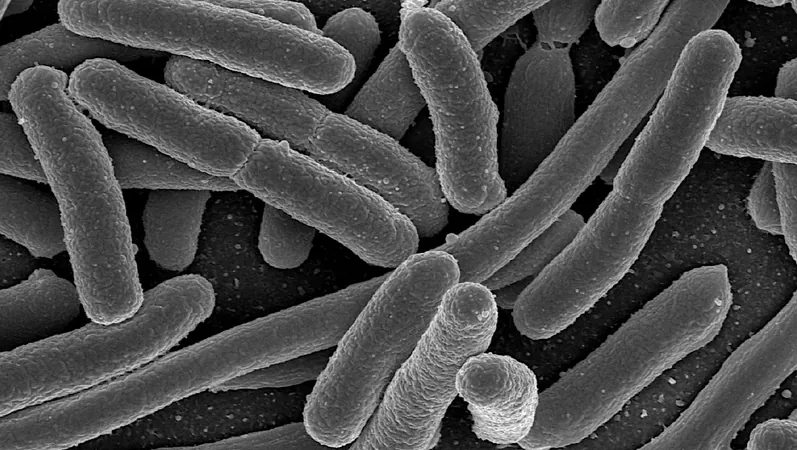
Unlocking the Secrets of Exoplanet Habitability: The Critical Role of Atmospheric Composition in Supporting Life
2025-01-11
Author: Mei
Introduction
In the quest to discover extraterrestrial life, understanding the atmospheres of exoplanets is paramount. These atmospheres play a crucial role in determining whether a planet can host liquid water—a prerequisite for life as we know it. This concept is encapsulated in the habitable zone (HZ), which is the region around a star where conditions might be just right for water to remain in liquid form.
The Importance of Atmospheric Conditions
However, it’s vital to recognize that simply being within the HZ does not guarantee that a planet is habitable. Life demands more than just the presence of liquid water; it also requires the right atmospheric conditions to thrive.
Recent Research Breakthroughs
In recent groundbreaking research, scientists implemented a dual strategy to deepen our understanding of planet habitability. Initially, the team analyzed the surface conditions of planets located near the inner edge of the HZ, examining various atmospheric compositions. Remarkably, they employed a 3D climate model that allowed them to redefine the inner boundaries of the HZ for planets with H2 and CO2-rich atmospheres for the first time.
Microbial Survival Strategies
Following this atmospheric assessment, the researchers shifted their focus to the survival strategies of microorganisms, specifically the growth and resilience of E. coli K-12. By conducting controlled laboratory experiments, they assessed how different gas mixtures affected the bacterial growth, revealing profound insights into the challenges life might face on exoplanets with varying atmospheric conditions.
Key Findings and Implications
The results of this study are revealing: atmospheric components significantly influence bacterial growth patterns. These findings underscore the necessity of considering diverse atmospheric environments when evaluating the potential habitability of distant worlds. By merging climate modeling with biological experiments, this innovative research not only enhances our understanding of habitability but also propels the search for life beyond our planet.
Conclusion
As we stand on the brink of astronomical discoveries, such studies are critical. They not only provide insight into the limits of life on other planets but also inform our perspectives on the complexity and resilience of life in the universe. This could be the key to unlocking the mysteries of alien worlds—are we finally closer to finding life among the stars? Stay tuned!

 Brasil (PT)
Brasil (PT)
 Canada (EN)
Canada (EN)
 Chile (ES)
Chile (ES)
 Česko (CS)
Česko (CS)
 대한민국 (KO)
대한민국 (KO)
 España (ES)
España (ES)
 France (FR)
France (FR)
 Hong Kong (EN)
Hong Kong (EN)
 Italia (IT)
Italia (IT)
 日本 (JA)
日本 (JA)
 Magyarország (HU)
Magyarország (HU)
 Norge (NO)
Norge (NO)
 Polska (PL)
Polska (PL)
 Schweiz (DE)
Schweiz (DE)
 Singapore (EN)
Singapore (EN)
 Sverige (SV)
Sverige (SV)
 Suomi (FI)
Suomi (FI)
 Türkiye (TR)
Türkiye (TR)
 الإمارات العربية المتحدة (AR)
الإمارات العربية المتحدة (AR)